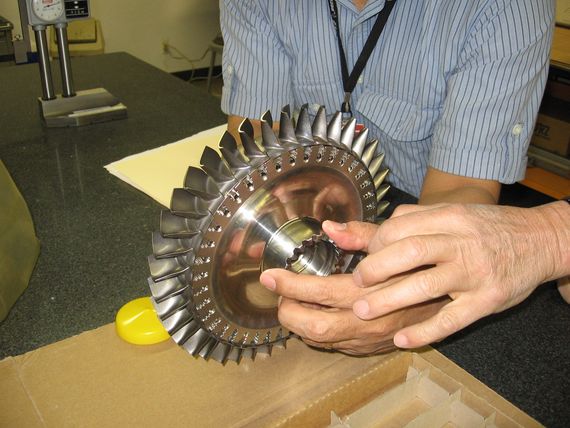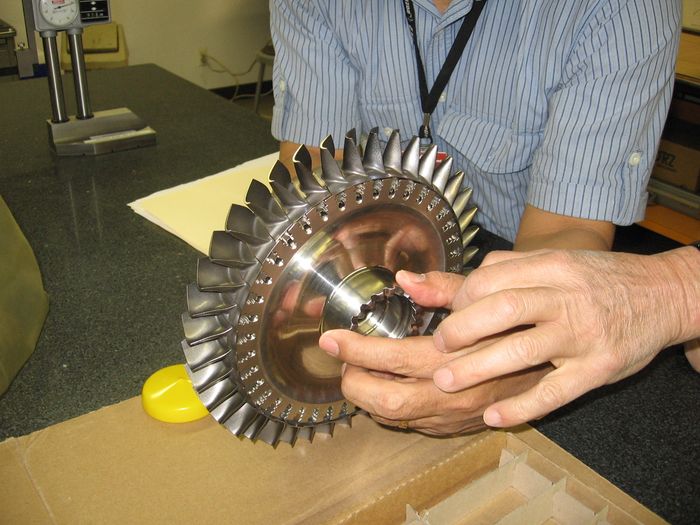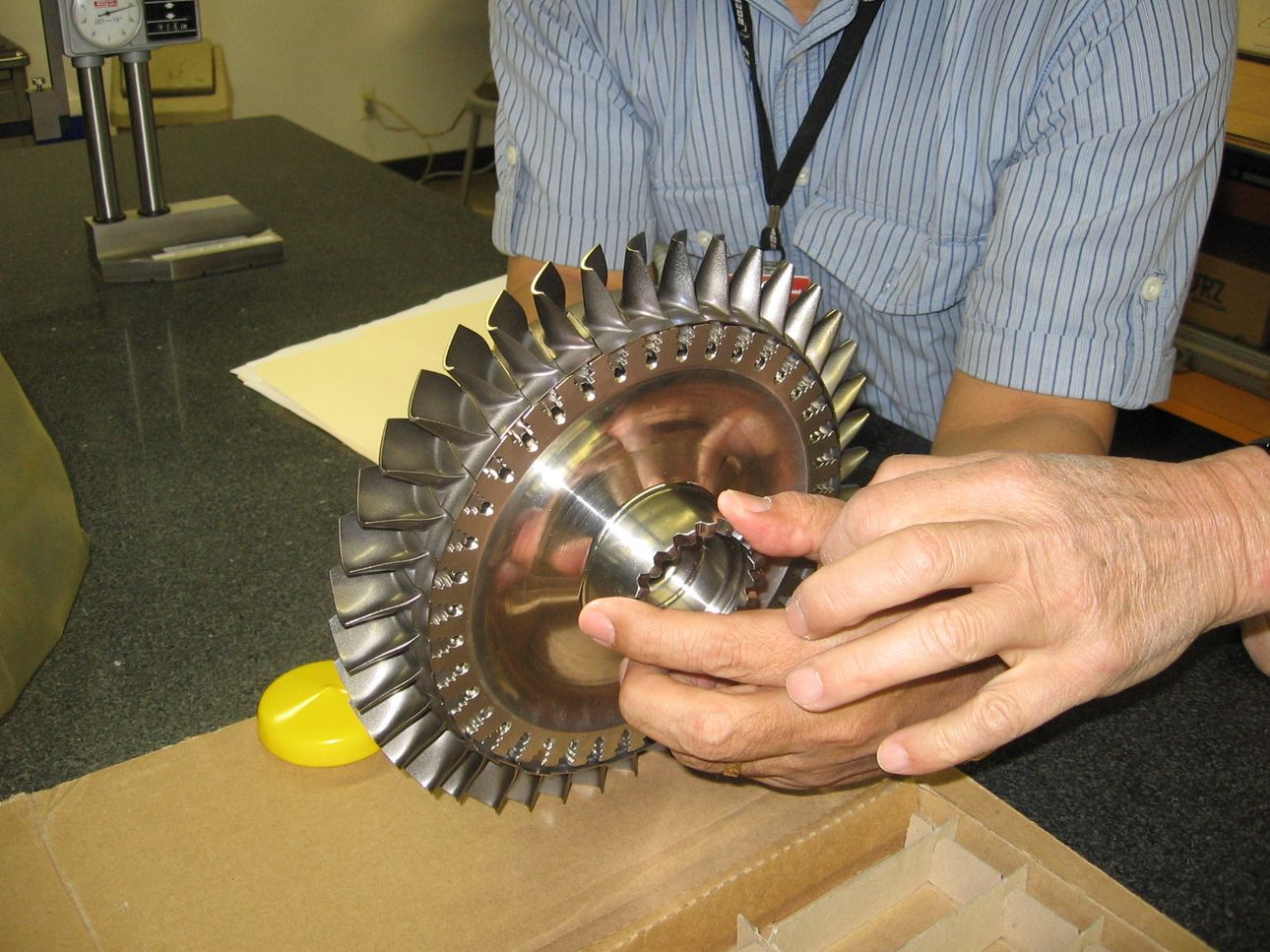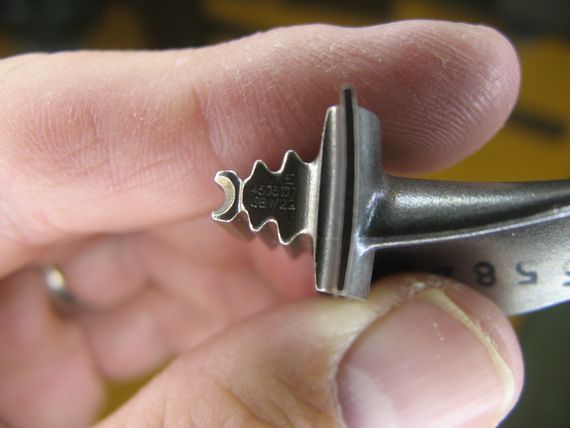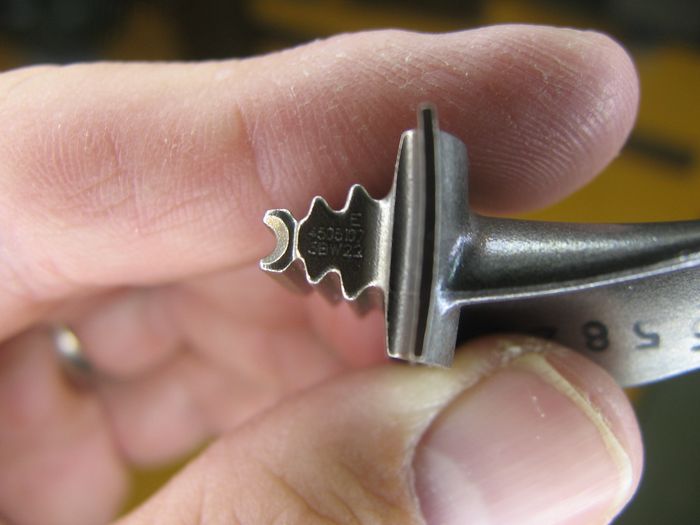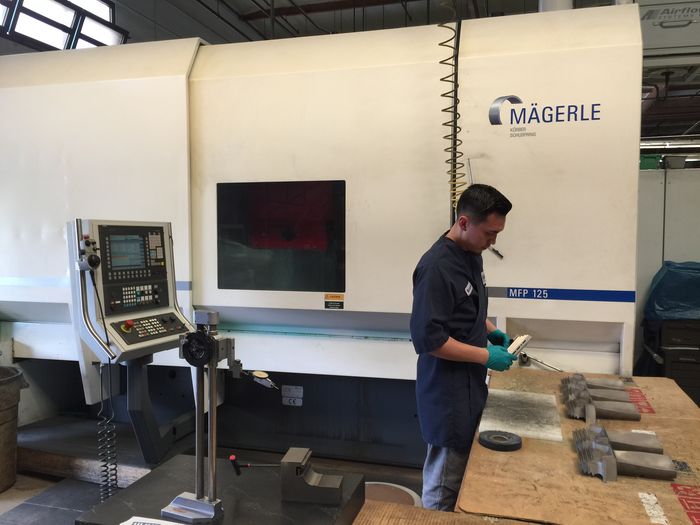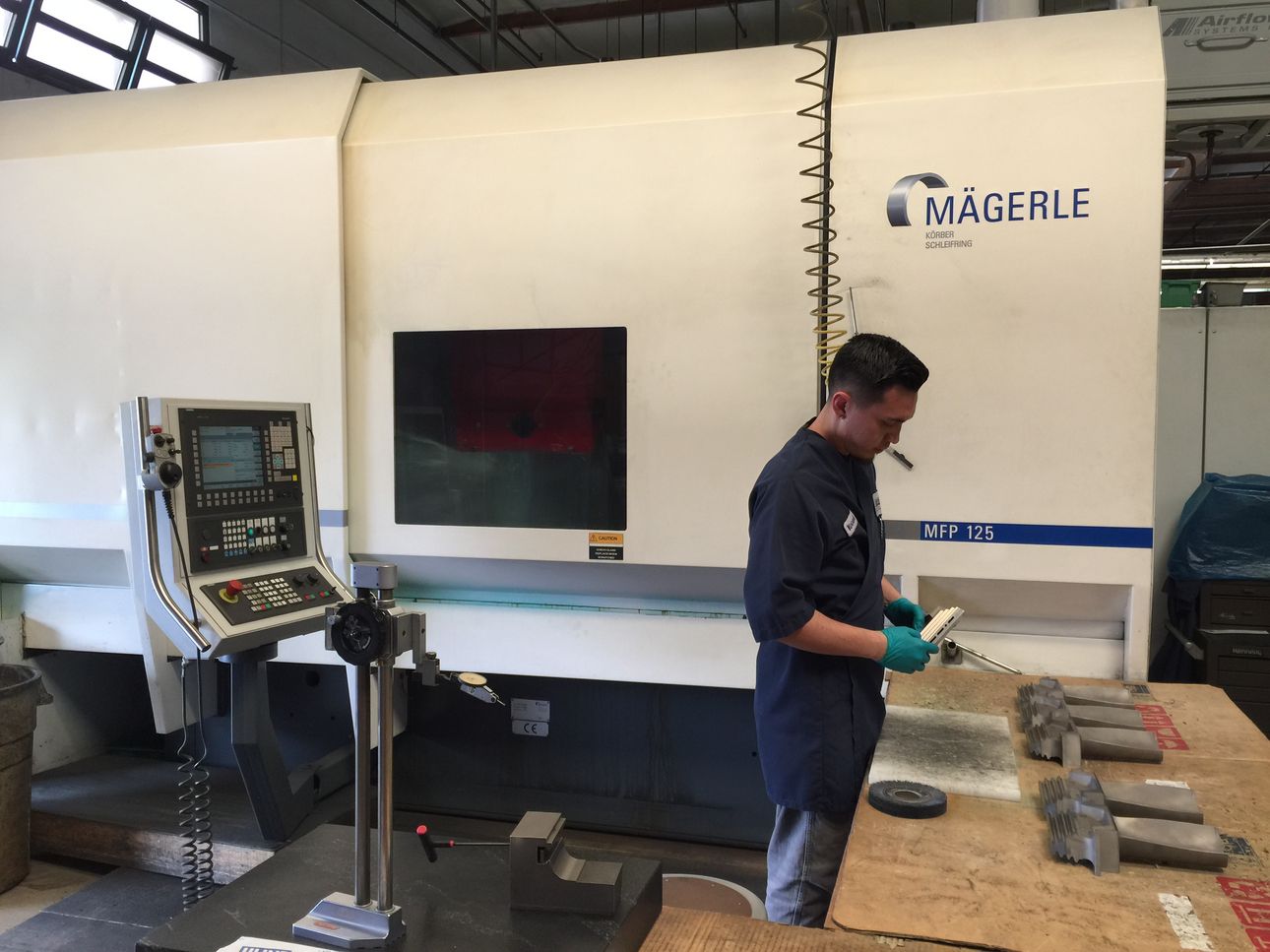Shop Grinds Precision Parts for Land, Sky and Space
Form Grind Corporation, located in Rancho Santa Margarita, California, employs precision grinders, innovative processes and experienced staff to process critical parts for customers that include energy-products makers, major aerospace OEMs and NASA. By using the latest CNC grinding technology integrated with engineering, tooling and quality assurance, the company can efficiently take on varying production volumes while maintaining strict customer requirements. In fact, NASA’s Goddard Space Flight Center recognized Form Grind for its advanced engineering role in the Cassini mission to Saturn and Maven mission to Mars.
Form Grind can grind any shape or profile generated along a surface. Specific parts include turbine blades for aerospace engines, auxiliary power generators and locomotive turbo chargers. For NASA, it profile grinds extremely precise titanium hyperbolic quadrupoles used in space vehicles’ mass spectrometers. The instruments analyze planetary atmospheres, a key task in the Cassini and Maven missions.
Established in 1978, Form Grind started out in a leased 4,000-square-foot manufacturing space with two manual crush form grinders. Today, the company is a 42,420-square-foot operation with ISO 9001:2008 certification, including the AS9100 standard set forth by the aerospace industry to satisfy DOD, NASA and FAA quality requirements.
Among its keys to success, Form Grind relies on the precision output of more than 20 MÄGERLE surface and profile grinders from UNITED GRINDING and a wide array of support equipment. The company also takes pride in its advanced creep-feed grinding operations, which involves removing large amounts of stock on any material in a single pass, with higher precision and better surface finishes than conventional methods.
Form Grind produces turbine blades with tight tolerances and rigid specifications, ranging in size from a few inches to over two feet long. For example, some blades must meet weight tolerances reaching three decimals in grams in addition to strict dimensional requirements. Because turbine engine manufacturers continually raise the operating temperatures of their products to reduce emissions and increase efficiency, the blades often feature complex contours and internal coring engineered to manage heat. The acute contours and coring increase the challenges of grinding and fixturing the blades.
Form Grind fills a mid-range production niche. Vice president and general manager Gary Treichler said, “although some blade programs are as large as 100,000 pieces yearly, at the end of the day we are a job shop. Most of our runs are 500 to 1,000 blades at a time.”
CNC technology enables the shop to efficiently handle varying volumes. While the shop’s first manual machines required constant skilled attention, today’s CNC equipment permits setting up multiple machines that can be tended by one operator after production runs begin.
“We don’t do strictly untended operation, but certainly there are jobs where cycle times may be 10 or 15 minutes and an operator can load and watch multiple machines,” Treichler said. “The CNC equipment basically allows us to work smarter. We’ve had around 50 employees for the last 10 years, and with additional MÄGERLE grinders we have doubled our output over that decade with the same workforce.”
Quick job turnover is crucial for Form Grind. The company may set up a job in a day, run it for two to five days, then take it off the machine to make room for the next job. Some jobs repeat on a monthly, quarterly, yearly or even longer basis.
Form Grind’s responsiveness and flexibility is due in part to the in-house design and fabrication of its workholding tooling.
“We are able to maximize efficiency by loading many parts into holding fixtures,” Treichler said. “We want to maximize efficiency where we get as many parts as close together as possible to get the best bang for the buck.”
For smaller blades in 1" to 3" sizes, the shop uses guillotine-type six point nest fixtures that hold 20 blades for an operation. The fixturing is engineered to position the parts so the wheel is not grinding air and operating at shallow depths of cut, maximizing wheel usage.
When two sets of multi-piece fixturing are built for a job, one is always on the machine and the grinder can run continuously. Treichler pointed out that continuous, accurate output is largely dependent on grinding machine capabilities, and noted that the MÄGERLE machines, some with 20" diameter wheels and 100-hp, water-cooled AC spindle drives, run 20 hours a day, six days a week.
“To compete in a global environment you must have a really strong piece of equipment that can continuously grind parts,” he said. He added that the grinders’ rigidity and strength also come into play when grinding the tough nickel-base alloys that comprise most gas turbine blades.
The complexity and permanence of Form Grind’s custom-fabricated tooling depends on job requirements. Typically, a blade-grinding program of 100,000 blades a year will employ elaborate, high-capacity tooling. Initial tooling costs will be significant, but will be more than recovered over the high-volume run. A blade program that has 500 to
1,000 pieces per year, on the other hand, may use fixtures that hold six to 10 parts as opposed to 20 at a time, and tooling costs will better match the program’s return.
Depending on factors such as blade size, workpiece material, and tolerance requirements, Form Grind establishes different grinding processes for different blades.
“For some larger blades we might want to creep feed grind and reduce the reciprocation at the end of the process,” Treichler said. “For other blades we may do some creep feed passes and then some reciprocating and final dressing at the very end. There is some tribal knowledge, or black magic if you will, in the art and science of grinding.”
Form Grind begins process planning with a team that includes marketing, tool designers, toolmakers and production managers. “We try to see what makes the most sense in terms of the best way to break down a process,”
Treichler said. “We will at times break up the operations to where we use certain machines for the fir tree operation then we’ll do another feature in a separate operation. There is no real clear-cut best way to do things. When you start a job you have to be pragmatic and look at what the goal is, what the volume is and what it potentially could be, and how elaborate your tooling should be to maximize efficiency. It is all about easing cycle time out of the process and achieving the most output.”
Shorter cycle times, however, must be achieved while maintaining process security. Intricate casting processes and new workpiece materials have pushed up the cost of rough blade castings, with some valued at $1,000 or more.
As a result, much effort goes into establishing and verifying a reliable process. “It is important to have an open structure grinding wheel and speeds, feeds and coolant locations set so that you are removing the material as fast as possible, but also without burning or cracking parts,” Treichler said. “We are very proud that we have less than one tenth of one percent of scrap; OEMs tell us that that when they ship us a set of 100 blade castings, we will send 100 blades back.”
Blade dimensions are verified through dual inspection methods. Treichler said Form Grind always submits the parts it grinds to two methods of inspection: “We check first articles in the inspection room where we have a
CMM and a 30" optical comparator, then we empower the operators to perform in-process inspection.” At each of the more than 25 different grinders on the shop floor, there is a surface plate where the operator can use hard tooling and different types of go/no go and plug gages that verify certain part features.
For final inspection, the CMM holds parts in a free state to check and verify the six point nest dimensional features on the blade. Such overall verification is not possible in process when a part moves from machine to machine for different operations.
“Turbine blades tend to have 100 percent in-process inspection, and in final inspection we do a statistical process sampling,” Treichler said.
Treichler is a firm believer in the key role of grinding in the production of precision parts, especially of gas turbine components. “A company tries to mill a feature then sends the part out to heat treat and gets distortion. Then they try to fix those distortions,” he said. “Milling can be consistent and accurate, but for features such as fir trees with 0.002" tolerances, the speed and capability of the diamond dresser to dress all those points on a conventional wheel and grind them all at once offers a clear advantage. The beauty with creep feed grinding or profile grinding is that you can grind hardened materials directly to size.”




